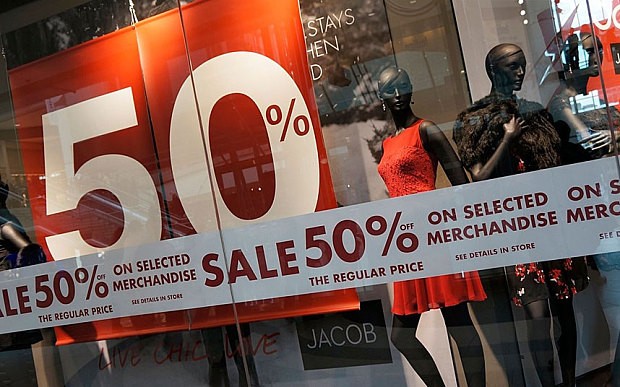How can my stock s price change after hours and what effect does this have on investors Can I sell
Post on: 16 Март, 2015 No Comment

Most investors know that the major stock exchanges have standard trading hours — set periods of time each day when trading occurs through the exchange. Most major exchanges trade from 9:30am to 4pm EST each day, with the first trade in the morning creating the opening price for a stock and the final trade before the end of trading at 4pm providing the day’s closing price .
But there are actually, broadly speaking, three markets in which shares can be traded: pre-market. regular market and after-hours market. The regular market trades between 9:30am and 4pm EST; the pre-market trades from 8am to 9:30am EST; and the after-hours market trades from 4:30pm to 8pm EST. The pre- and after-hours markets function in the same fashion as the regular market in that the shares are traded between parties at an agreed upon price. In other words, the price you will receive is the price that someone in the after-hours or pre-market is willing to pay.
The major difference between the markets is that the pre- and after-hours markets will generally have less liquidity. more volatility and lower volume than the regular market. This can have a huge effect on the price you end up getting for your shares, so it is usually important to use a limit order on any shares that you buy or sell after normal trading hours.
Generally speaking, price changes in the after-hours market have exactly the same effect on a stock as changes in the regular market do: a $1 increase in the after-hours market is the same as a $1 increase in the regular market. Therefore, if you have a stock that falls from $10 to $9 during the day’s trading session, but then rises by $1.50 to trade at $10.50 in the after-hours market, you will have experienced a $1 loss during the day’s session ($10 — $9), but because prices rose in after-hours trading, you would be sitting on a $0.50 per share gain.
However, once the regular market opens for the next day’s trading (when most individual investors will have the opportunity to sell), the stock may not necessarily open at the same price at which it traded in the after-hours market. For example, if a stock’s price increases greatly in the after-hours market due to a rumor of increased sales, there could be a lot of investors who want to sell immediately at the market open. increasing selling pressure and possibly driving the price of the stock down.
The price changes seen in the after-hours market are generally useful for showing how the market reacts to new information released after the regular market has closed. However, after-hours price changes are generally more volatile than regular-hours prices, so they shouldn’t be relied on as a 100% accurate reflection of what a stock will trade at when the next regular session opens.
In the past, the average investor could only trade shares during regular market hours — after-hours trading was reserved for institutional investors. But with the advent of computers and electronic communication networks. today’s markets are open more than ever, and individuals are free to trade after hours too. The day when investors will be able to trade 24 hours a day, seven days a week, may not be too far off.
To learn more, see The Nitty-Gritty Of Executing A Trade and What is after-hours trading?














